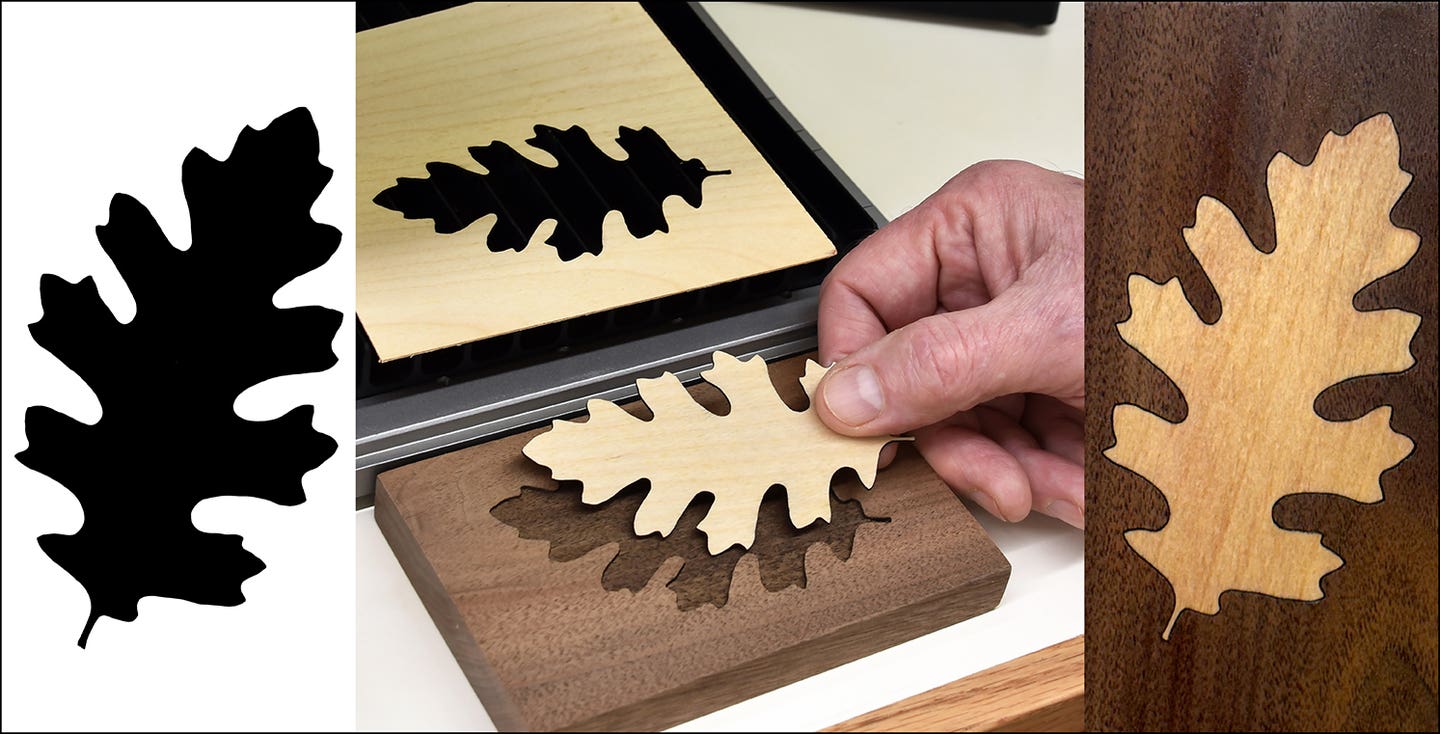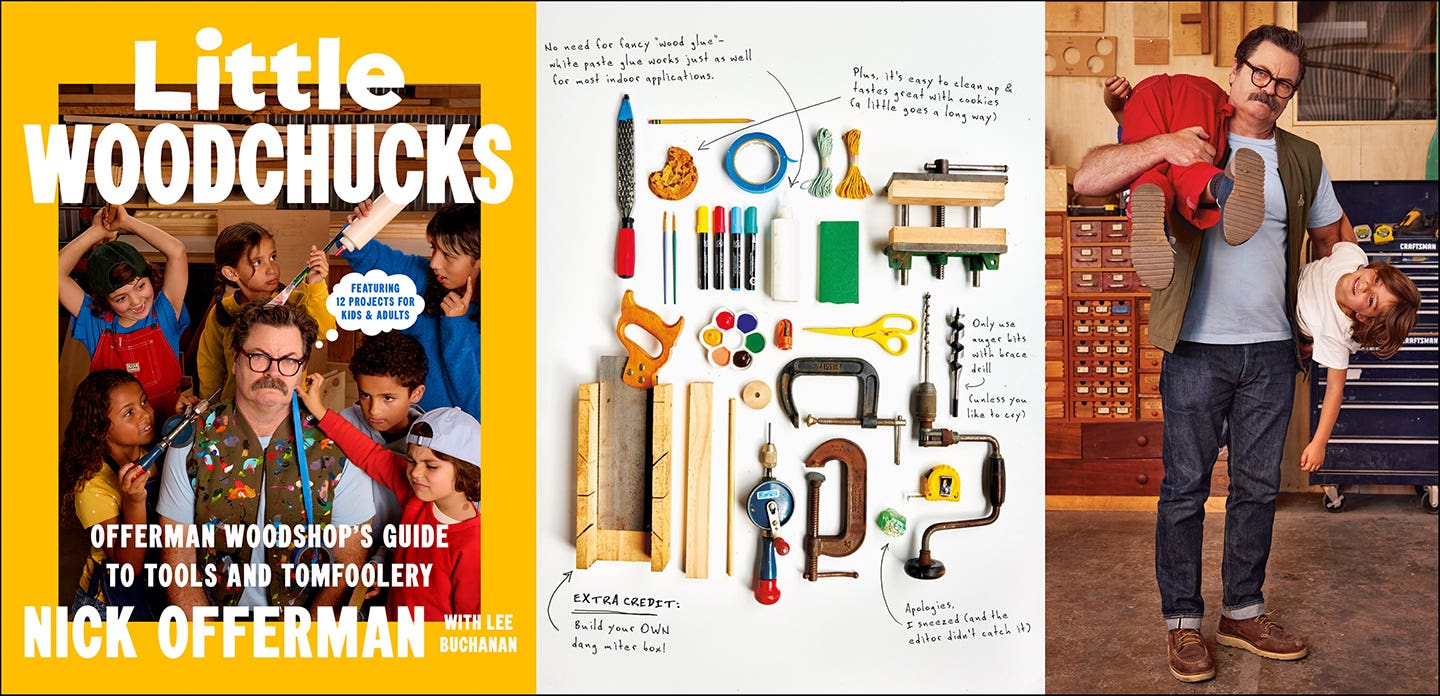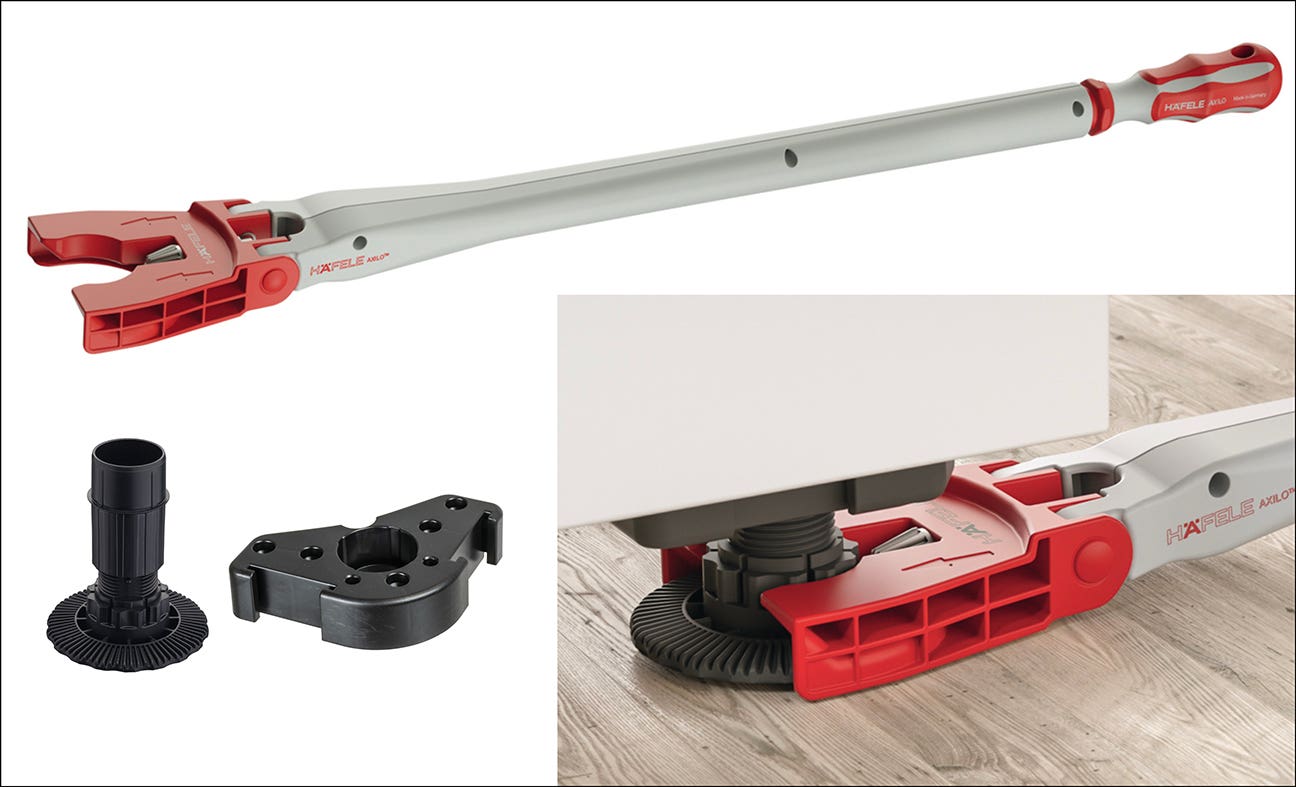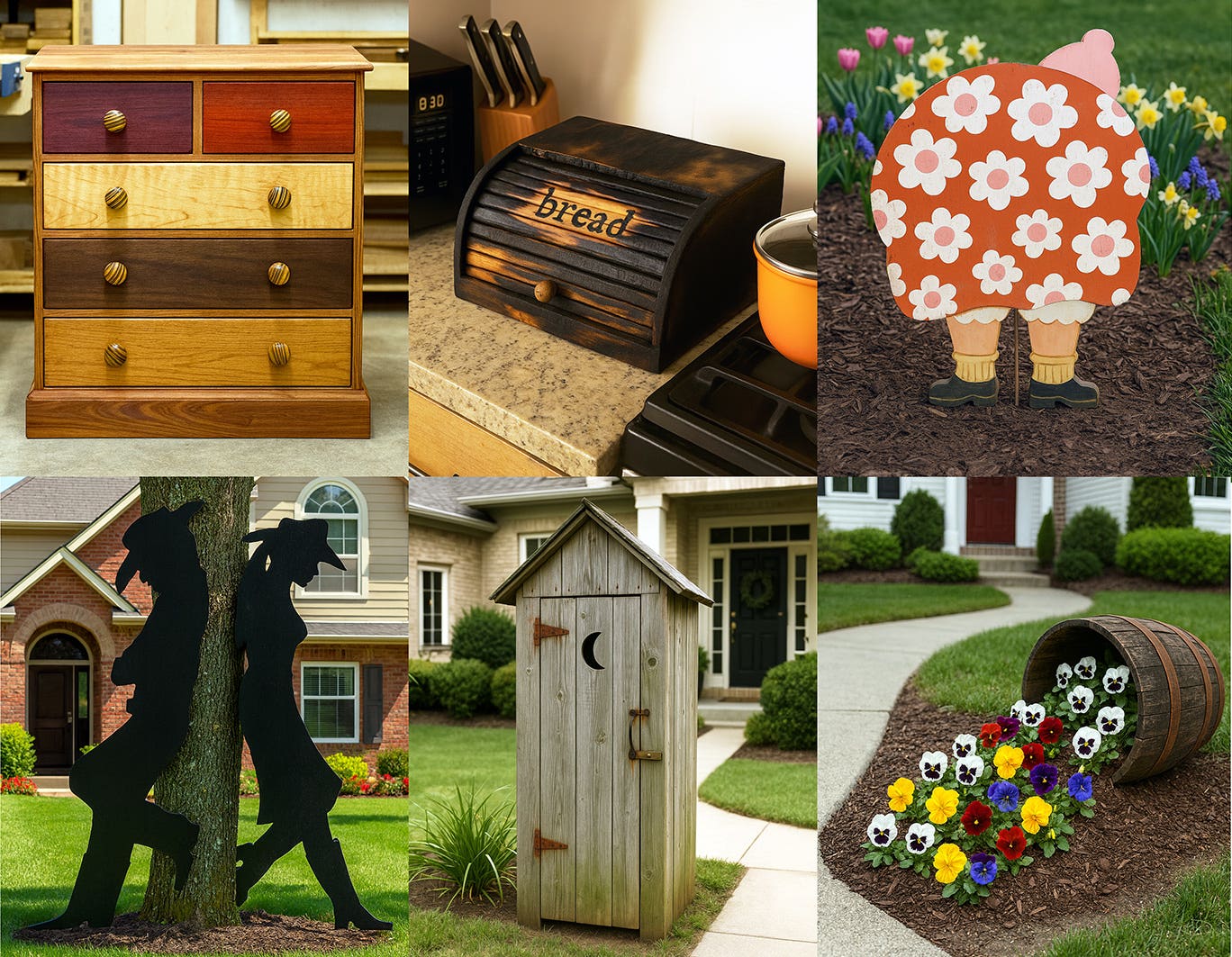Classic designs
There is a reason classic forms are “classic.” They are based on ergonomics and human scale. The basis for this concept is the human form as expressed in the famous…
There is a reason classic forms are "classic." They are based on ergonomics and human scale. The basis for this concept is the human form as expressed in the famous drawings of daVinci.
There are some very complex mathematical formulas available on the web (this WIKI page for example: http://en.wikipedia.org/wiki/Golden_ratio) but it can be simply put as a ratio of 1:1.625 or 1:1 5/8 (this is not precise but it's close enough). The "rule of thirds" also approximates the golden mean.
The problem with rules is that for every rule, the number of exceptions is equal to or greater than the total number of rules. Many of the most interesting forms break all the rules. Sometimes someone gets lucky and by pure accident, hits a sweet spot that breaks every rule in the book. But more often than not, you will find that the makers of these objects are well versed in the classic concepts. What I am trying to say is that you would be better to conform, at least to some extent, to the rules until you have developed a solid understanding of the principles involved. Then your variations will be based more on knowledge than luck and the outcome is much more likely to be successful.
Some people have an innate sense of good design. Others need to develop that sense. There are many technically masterful artisans who have absolutely no sense of design. Their work is stunning in its execution but does nothing for the spirit. Others make crude, rustic pieces that you just can't take your eye away from. The difference is in the understanding of form. It can be very elusive. Subtle variations in line and proportion can make or break a design.
D.D.
David DeCristoforo possesses an extensive resume as designer/maker of fine furniture, high-end cabinetry and architectural woodwork. His experience in professional woodworking spans a period of 35 years. For the past 20 years David DeCristoforo Design has been located in Woodland, California. During this time David's shop has ranged in scope from a "full on" cabinet production shop with as many as 15 employees to a small fine furniture and custom millwork shop, working with his son, David RBJ, a highly skilled maker in his own right.







